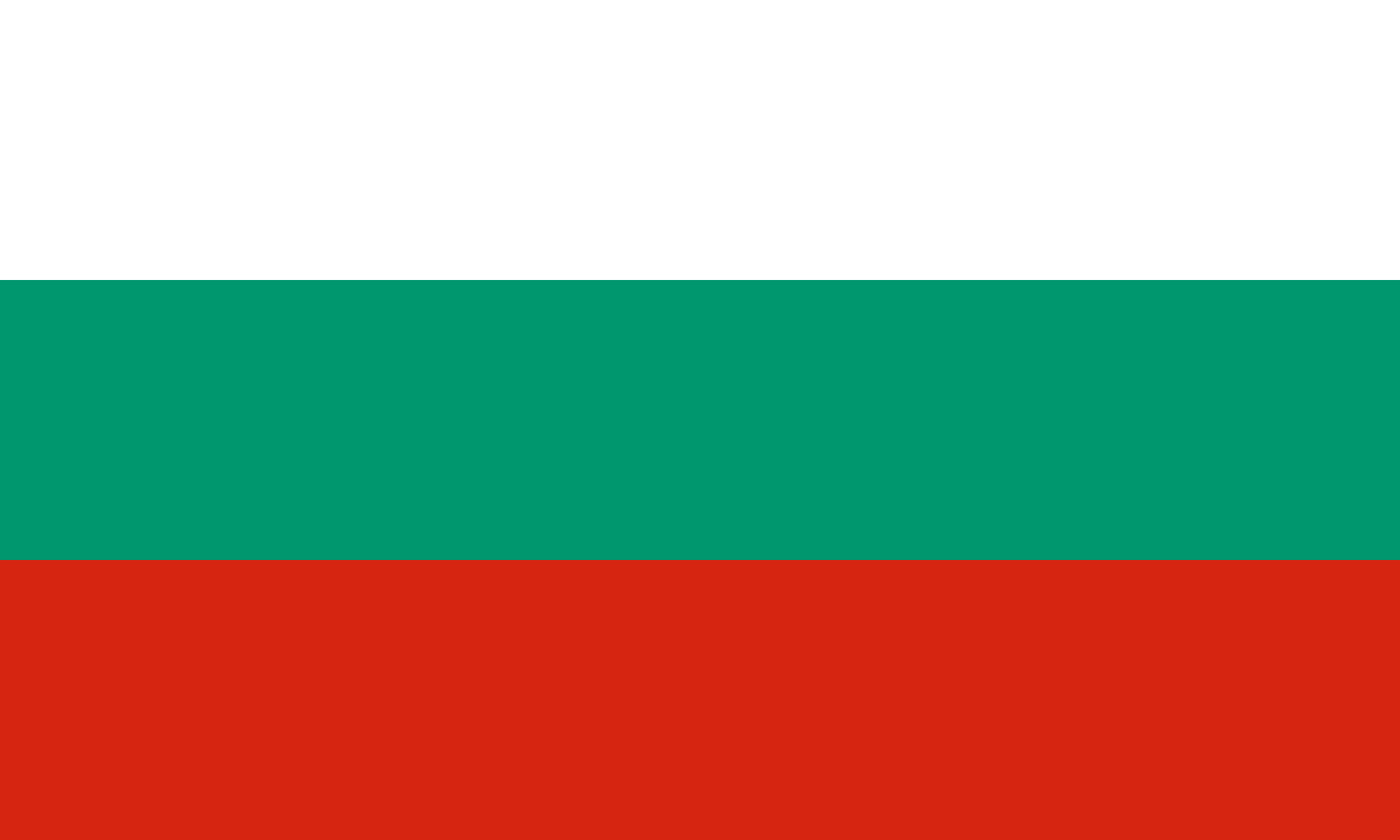The flag of Bulgaria, adopted on April 16, 1879, reflects a blend of historical significance and national identity. The design and colors were influenced by the Pan-Slavic colors (blue, white, and red) but with a unique modification, where green replaces the blue found in many other Slavic nations’ flags. This change was meant to emphasize Bulgaria’s distinct cultural and natural beauty.
Here’s a deeper look into the symbolism:
- White: Beyond peace, it also represents freedom and purity, a reflection of Bulgaria’s aspiration for liberty throughout its history.
- Green: Symbolizes the lush landscape and fertility of the Bulgarian countryside, a nod to the agricultural heritage of the country.
- Red: Represents the struggles, bravery, and sacrifice of the Bulgarian people, especially during their fight for independence from the Ottoman Empire.
Historically, this flag was first used after Bulgaria gained autonomy from the Ottoman Empire following the Russo-Turkish War (1877–1878), which played a crucial role in Bulgaria’s liberation.
The Bulgarian flag is one of the simplest yet deeply meaningful flags, encapsulating the country’s spirit of resilience and connection to its land and history.
